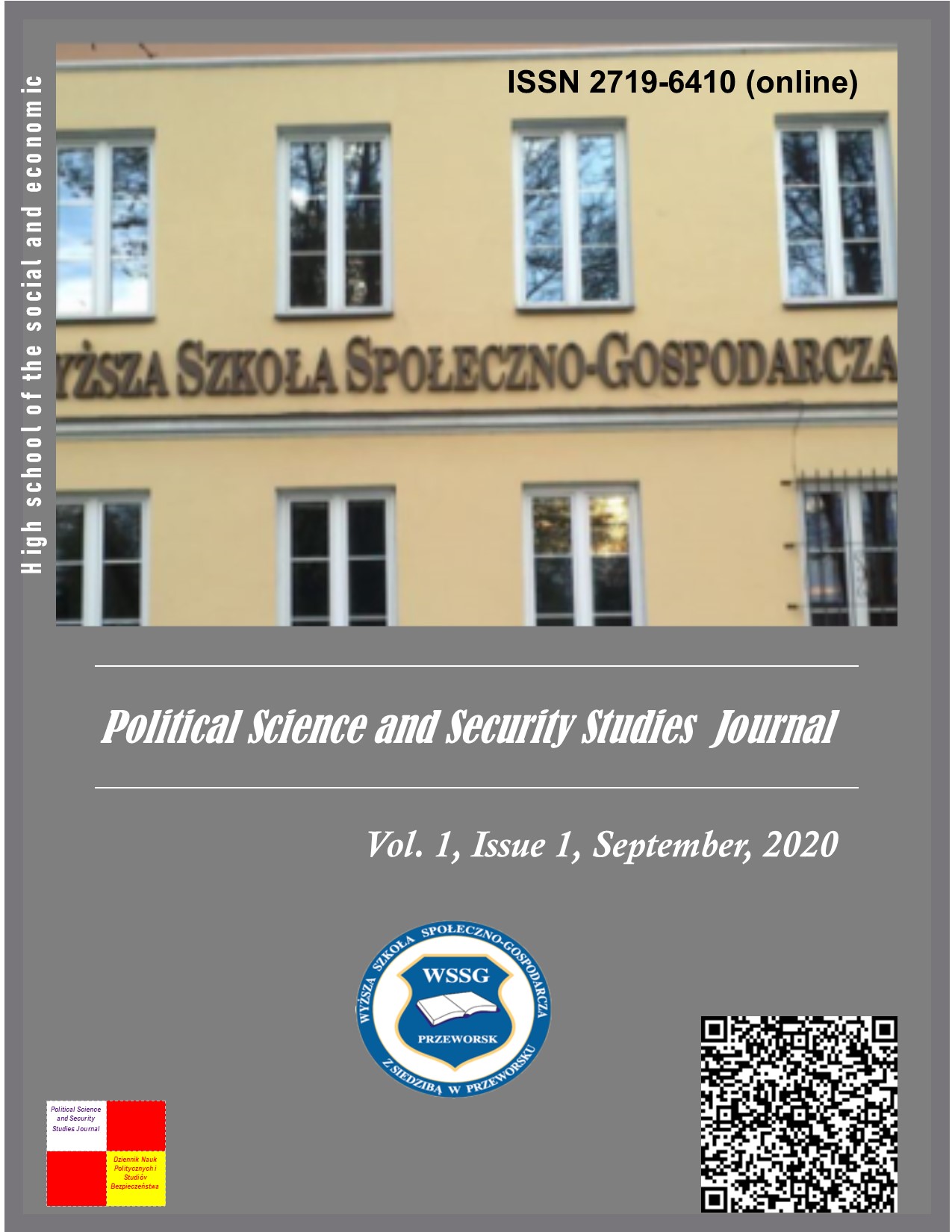Tactic of applying military units in conditions of a hybrid war conducting
DOI:
https://doi.org/10.5281/zenodo.4556016Keywords:
hybrid warfare, tactics, concept, military engagementAbstract
Hybrid war in modern conditions become a conflict of exhaustion, in a country of the defending gradually occurs destruction of material and technical, economic, civil and social infrastructure of the state. Is struggling with all sorts of terrorist groups (illegal armed groups), that supported and managed by the state aggressor, wherein the link with the militants completely denied. Tactics use of military units is strengthened by active use terrain, especially urban areas.
In modern conditions the concept of hybrid warfare involves a skillful combination of the following major groups of factors – military, diplomatic, information, economic, social and political.
Wherein this group of military factors has versatile character, and one of the main forms of warfare in hybrid warfare is a combined arms battle, which will be marked large variety of tactics and their implementation.
Article listed the features of the application tactics of military units in the conditions of hybrid warfare, that allows to determine the priority ways of their further development, reform, AME modernization, development and adopting new models.
Downloads
References
Peters. Ralph. Our Soldiers. Their Cities. Parameters, Spring 1996.
Russia: electronic warfare – myths and truth [Electronic resource]. – Available from: http://geopolitikym.org/rossiyaelektronnaya-vojna-mify-i-pravda.
Radio electronic warfare: what lessons the US Army can learn from the Ukrainian conflict [Electronic resource]. – Available from: http: //cont.ws/post/107188.
Combat Operations Center (COC). GENERAL DYNAMICS. C4 SYSTEMS [Electronic resource]. – Available from: http://www.gdc4s.com/ content/detail.cfm?item=58543087c533-457b-833c-deb873b09c5a.
US Air Force Charter FM 3 – 38 Cyber Electromagnetic Activities – CEMA. – 2014. [Electronic resource]. – Available from: https://fas.org/irp/doddir/army/fm3-38.pdf.
Urban Environment // FM 3-06 (FM 90-10) Urban Operations. June 1003
Published
How to Cite
Issue
Section
License
The authors agree with the following conditions:
1. Authors retain copyright and grant the journal right of first publication (Download agreement) with the work simultaneously licensed under a Creative Commons Attribution License that allows others to share the work with an acknowledgment of the work's authorship and initial publication in this journal.
2. Authors have the right to complete individual additional agreements for the non-exclusive spreading of the journal’s published version of the work (for example, to post work in the electronic repository of the institution or to publish it as part of a monograph), with the reference to the first publication of the work in this journal.
3. Journal’s politics allows and encourages the placement on the Internet (for example, in the repositories of institutions, personal websites, SSRN, ResearchGate, MPRA, SSOAR, etc.) manuscript of the work by the authors, before and during the process of viewing it by this journal, because it can lead to a productive research discussion and positively affect the efficiency and dynamics of citing the published work (see The Effect of Open Access).















